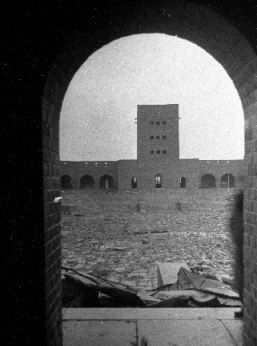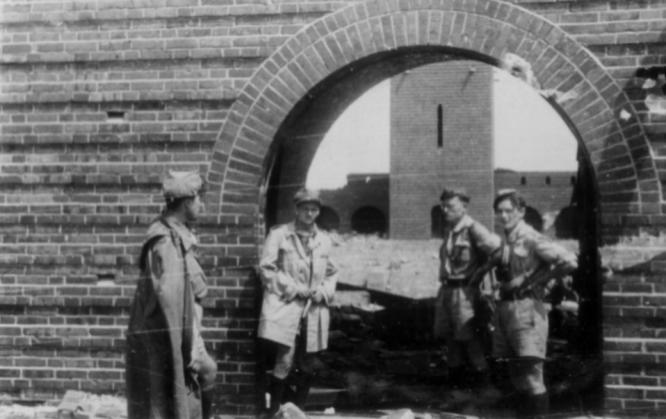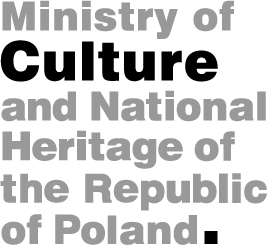|
|
Pierre Nora Between memory and history Les lieux de Memoire (fragments) „Memory and history are no longer synonyms; today, they only appear as fundamentally opposite notions. Memory is life lived by living societies, established in its name. It constantly evolves – being open to the dialectics of remembering and forgetting, unaware of its successive deformation, susceptible to manipulation and appropriation – it can stay dormant, being only awaken from time to time. On the other hand, history has always been a problematic and incomplete reconstruction of something which no longer exists. Memory is a phenomenon eternal actuality, linking us with the eternal present, while history constitutes a representation of the past. Memory is affective and magical: it only absorbs facts which are fitting to it; it feeds recollections which can be blurred or distant, global or separate, particular or symbolic – apt to be transmitted by all possible channels or all phenomenal frameworks, sensitive to any type of censorship and/ or projection. Memory locates a recollection in a sacral order; history, always prosaic, sets them free again. Memory is blind to anything save for the group which it unites – this means that, as Maurice Halbwachs said, there is as much memory as groups, that memory is by its nature variegated – yet specific; collective, plural – yet individual. History simultaneously belongs to everyone and no-one because it arrogates the right of universal authority. Memory feeds on the concrete: space, gesture, image, and object; however, history is strictly related to temporal continuity, with succession, and inter-relations between things. Memory is absolute while history can only embrace what is relative. What is in the core of history is a critical discourse which sets itself against spontaneous memory. History is ever suspicious of memory, and its real mission is to deaden and destroy. In the horizon of historical societies, within the borders of an absolutely historical world, permanent secularisation would exist. The goal and ambition of history is not to expose but annihilate what took place in reality. A generalised critical history would undoubtedly save some of the museums, medallions and monuments – in other words: materials necessary for its working – but it would deprive them of what could make them lieux de memoire for us. Ultimately, a society living under the sign of history – contrary to a traditional society – would not be able to create such places where its memory could be anchored." Translated by Marzena Beata Guzowska
|

Photo of the late forties of the last century. 
The Tannenberg-Denkmal the post-war years. |
|||
| |||||
